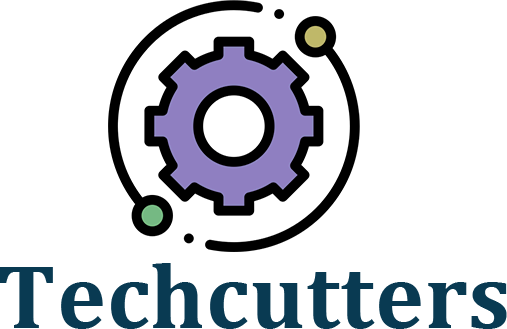Navigating Data Migration: Strategies, Challenges & Best Practices

In the ever-evolving landscape of information technology, the need to move data from one system, storage, or format to another is increasingly common. This process, known as data migration, is essential for organizations looking to upgrade systems, consolidate databases, or transition to cloud environments.
However, data migration is not without its challenges, requiring careful planning, execution, and management to ensure a seamless transition while minimizing disruption to operations. In this article, we explore the intricacies of data migration, the strategies employed, common challenges faced, and best practices to navigate this critical process successfully.
Understanding Data Migration
Data migration is the process of transferring data between different storage types, formats, or systems. This could involve moving data from legacy on-premises databases to cloud-based platforms, upgrading to newer versions of software, or consolidating multiple databases into a single repository. The goal of data migration is to ensure data integrity, accessibility, and usability in the target environment while minimizing downtime and disruption.
Strategies for Data Migration
- Big Bang Migration: In this approach, all data is migrated in a single, comprehensive operation. While this method offers simplicity and speed, it also carries a higher risk of disruption and downtime, as the entire system may be unavailable during the migration process.
- Phased Migration: Phased migration involves dividing the migration process into smaller, manageable phases. Data is migrated incrementally, allowing organizations to test and validate each phase before proceeding to the next. This approach reduces the risk of downtime and disruption, making it suitable for mission-critical systems or large-scale migrations.
- Parallel Migration: In parallel migration, both the old and new systems run concurrently during the migration process. Data is synchronized between the two systems in real time or at regular intervals until the migration is complete. This approach minimizes downtime and allows for seamless transition, but it may require additional resources and infrastructure to maintain parallel operations.
Common Challenges in Data Migration
Data Quality and Integrity: Ensuring data consistency, accuracy, and integrity during the migration process is a significant challenge. Data may be lost, corrupted, or duplicated if not handled properly, leading to errors and discrepancies in the target environment.
Downtime and Disruption: Data migration often requires systems to be taken offline or placed in read-only mode, resulting in downtime and disruption to business operations. Minimizing downtime while ensuring data consistency and accessibility is a delicate balance that organizations must navigate carefully.
Compatibility and Interoperability: Migrating data between disparate systems or platforms can pose compatibility and interoperability challenges. Differences in data formats, schemas, or APIs may require data transformation or middleware to facilitate seamless integration between source and target systems.
Best Practices for Successful Data Migration
Thorough planning is essential for a successful data migration. Define clear objectives, scope, and timelines, and allocate resources accordingly. Conduct a thorough assessment of data assets, dependencies, and potential risks to develop a comprehensive migration strategy.
- Data Profiling and Cleansing: Before migrating data, conduct data profiling and cleansing to identify and address inconsistencies, duplicates, and inaccuracies. Cleanse and standardize data to ensure quality and integrity in the target environment.
- Incremental Testing and Validation: Test migration processes and workflows in a controlled environment before executing them in production. Validate data integrity, accuracy, and performance at each stage of the migration to identify and address issues proactively.
- Risk Mitigation and Contingency Planning: Identify potential risks and develop contingency plans to mitigate them. Establish rollback procedures and backup strategies to revert to previous states in case of migration failures or data loss.
- Documentation and Communication: Document migration processes, workflows, and dependencies to facilitate knowledge transfer and troubleshooting. Communicate regularly with stakeholders to keep them informed of progress, challenges, and mitigation strategies throughout the migration process.
Data migration is a complex and challenging process that requires careful planning, execution, and management to ensure a successful outcome. By employing effective migration strategies, addressing common challenges, and following best practices, organizations can minimize disruption, ensure data integrity, and unlock the full potential of their data assets in the target environment. As technology continues to evolve, data migration will remain a critical component of IT operations, enabling organizations to adapt, innovate, and thrive in an increasingly data-driven world.





